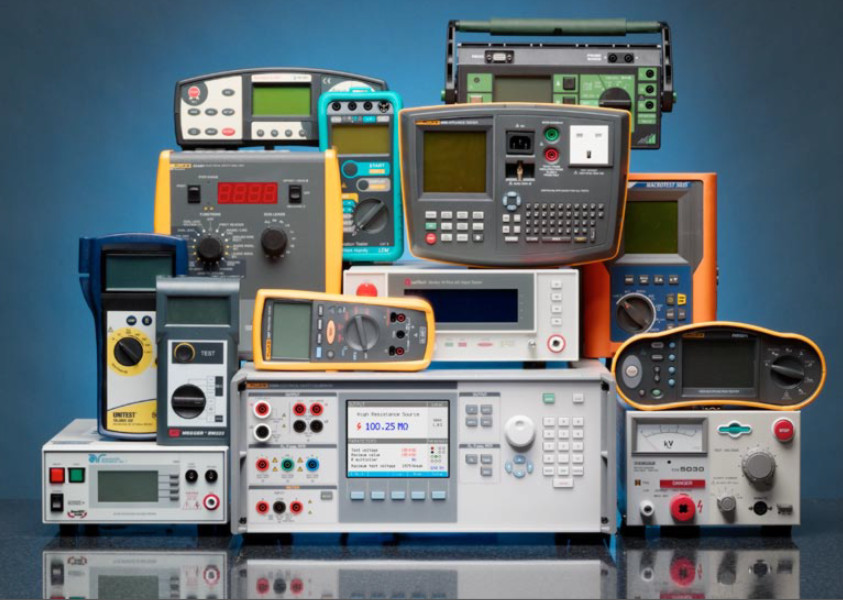Calibration is understood to mean the process of establishing a relationship between the results of a measuring device or measuring system or the results of a measurement or measurement standard.
NATA Accredited Calibration is a procedure that needs to be performed regularly. At the same time as checking the operating status of the meter, make sure that the lab is aware of how many "errors" there are on the meter display.
In other words, calibration is part of the process of validating the results, and it is agreed between the client and the lab whether tuning the instrument to display the correct measurements is part of the order and perform accordingly.
- Some unknown facts about Calibration
- Calibration compares measurement results provided by a device under test with those of a calibration standard of established accuracy in measurement technology and metrology.
- Another known-accuracy measurement equipment, a device that generates the amount to be measured, such as a voltage or a good tone, or a physical artefact, such as a metre ruler, could be used as a standard.
- The task of the certified calibration lab is traceability, that is, measurement results or measurement standards by
Measurement Equipment suppliers, mainly national or international measurement standards used by clients with the help of a comparison chain where all uncertainties are seamless.
- Measurement uncertainty is a variable associated with the measurement result and represents the expected variation of the measured variable. The size of the measurement uncertainty affects the approval limit of the development and is z. It is affected by the object, the measuring device, the measurer, the measuring method, and the surrounding conditions at the time of measurement.
- The NATA Accredited Calibration lab calibrates the instrument for many parameters such as various electrical parameters, pressure, temperature, length, volume, mass, output, hardness and more. They are certified and can be fully trusted.
- The quality management system of the certified calibration lab complies with the principles of ISO 9001. International organizations ISO, ILAC and IAF, confirmed this in a joint resolution. A global solution recognized the importance of weighing traceability for calibration.
- The message of the answer is that the comparability and acceptability of measurements can only be demonstrated by the metric traceability of the measures by internationally recognized references. The resolutions have been signed by the International Organization of Legal Metrology, Accreditation and Standardization, BIPM, OIML, ILAC, and ISO.
Automation sensor suppliers are primarily used to gain and measure control in the automation industry. You can also procure this sensor in a variety of specifications at industry-leading prices.The accredited laboratory should carefully keep all calibration records. If the meter turns out to be out of specification, corrective action will be taken to Measurement Equipment suppliers.
All of these calibrations must be traceable to national and international standards. NATA Accredited Calibration service could design, structure, and calibrate the equipment. The certified calibration laboratories must meet the technical capabilities and management system requirements required to consistently provide technically valid test results and calibrations.
